rgecy
Bronze Member
I located what I believe to possibly be a framing timber from a shipwreck offshore here in SC.? The section is about 8ft in length with a slight curve and 10" x 10" cross section.? You can see the peg holes and it has about 10-12 along this section.? There are also three iron spikes running perpendicular to the pegs and one bronze or copper spike about 1/2" in diameter that appears to be driven from the planking side.? You can see from the pictures, one end has been heavily destroyed by ship worms and apparently the other was covered under the sand since it is so well preserved.
Any ideas on how to tell the time period?? How do I tell if the spike is bronze or copper??
How about conservation? What would be the best and easiest methed for a piece this large?? Would the sucrose method be easier than PEG? How would you conserve the iron spikes and remove any encrustation?
Thanks,
Robert in SC
Any ideas on how to tell the time period?? How do I tell if the spike is bronze or copper??
How about conservation? What would be the best and easiest methed for a piece this large?? Would the sucrose method be easier than PEG? How would you conserve the iron spikes and remove any encrustation?
Thanks,
Robert in SC


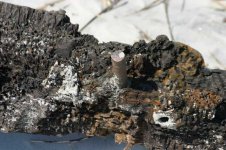
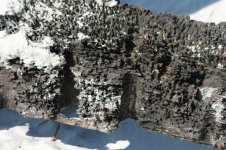
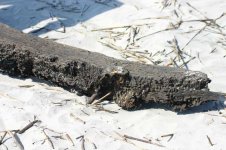
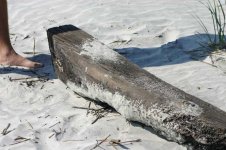

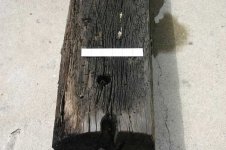
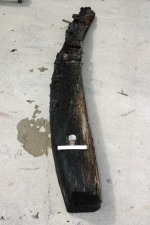
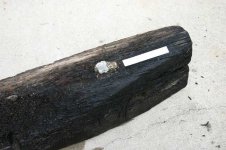
![spike-web[1].jpg](/data/attachments/23/23906-9327058d348e6afece2a6ee17528ade2.jpg)



